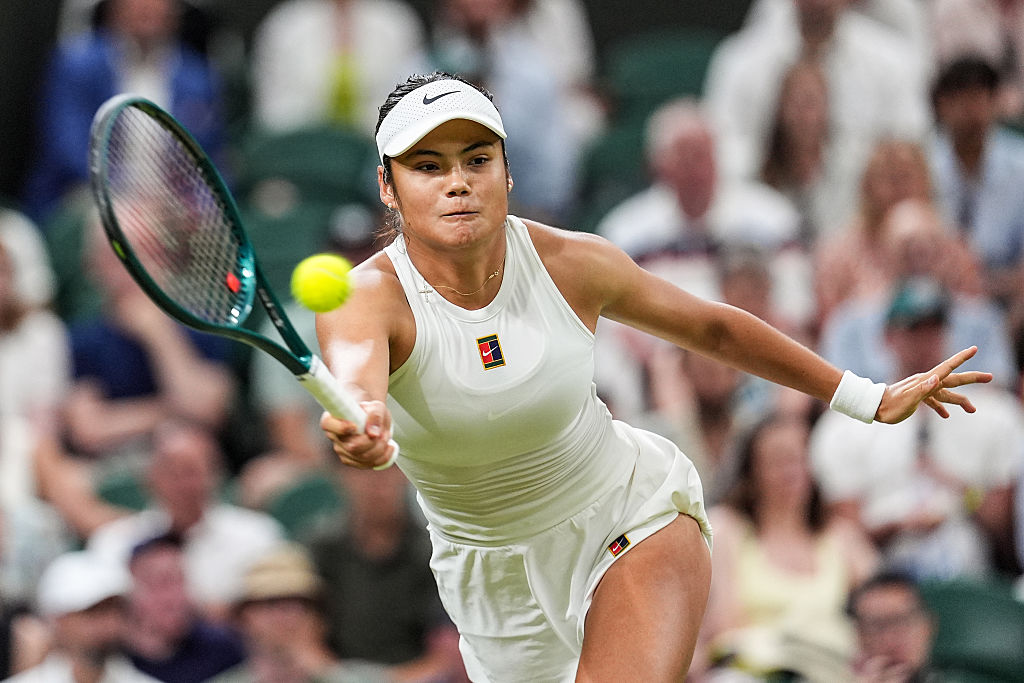
Wimbledon 2025 has become the first Grand Slam tournament to replace all human line judges with Artificial Intelligence-based line calling technology. While organizers hail the move as a step forward in ensuring accuracy and eliminating human error, some players have raised concerns about the system’s reliability and its impact on the game.
According to a report by The Telegraph, several players have expressed dissatisfaction with the AI judges, especially in close-call scenarios where traditional methods might allow for more discretion or real-time appeals. Although players can still challenge calls via replay review, the absence of human line judges changes the dynamic of on-court officiating.
Tournament organizers argue that the AI system, developed and deployed in collaboration with leading sports-technology firms, is capable of making split-second decisions with a higher degree of precision than even the most seasoned human line judge. The adoption reflects a growing trend across professional sports to incorporate technology for improved performance and reduced controversy.
However, critics of the shift to AI cite concerns over transparency and trust. Some players have remarked that the AI system removes a human element essential to the rhythm and emotion of the game. Others worry the system may not always be as infallible as intended, especially during high-pressure points where emotions and stakes run high.
Wimbledon officials have stated that extensive testing was performed prior to the rollout, and that safeguards are in place to ensure consistent and accurate decisions. They also emphasized that player feedback during and after the tournament will be taken into account to potentially refine the system for future use.
While Wimbledon’s landmark decision might pave the way for broader adoption of AI officiating in tennis, the mixed reactions from players suggest that the transition may not be seamless. As technology continues to reshape the landscape of professional sports, striking the right balance between innovation and tradition remains a central challenge.
Source: https:// – Courtesy of the original publisher.








